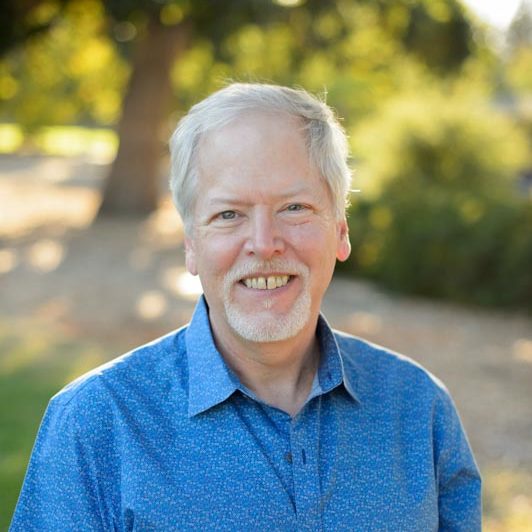About
Our History
The Canon Control Agency was founded in 1908 as the Media Council for New Mediums, but as distortions began to appear, the founding group of Hobart Simmons, Glover Risewell, Myrl Hawdon, and Nairne Palmer — the great-great-grandmother of our CEO Nicholas Collins — had to pivot.
With a new focus and drive, the CCA changed its name to the Canon Control Agency and committed itself to solving the problem of distortions. After changing hands multiple times, the company landed in the lap of Mr. Collins, who was already doing research into distortions.
Now, we supply the world with his Simplyfy™ method of distortion capture that ‘declaws distortions and reduces them to their basic components,’ as Mr. Collins described in a 2023 interview with Toons Monthly.
Distortions are characters that, of their own accord, have morphed away from what was originally intended.
It has to be of their own accord for them to be distortions. Famous characters can change in public perception and in how they’re depicted by creators — look at how many Batmans there have been, after all — but when a character suddenly starts acting different, and their creators don’t remember adding those changes, then a distortion is highly likely.
Don’t worry, though! While distortions can be scary, they are few and far between, so your favorite media is most likely safe. That being said, there are a number of telltale signs to watch out for when looking for distortions. If you find three or more of these criteria, please contact the CCA immediately so that we can Simplyfy™ it for you!
You can find the criteria here:
What are distortions?

Nicholas P. Collins, CEO
The CEO of the Canon Control Agency, Mr. Collins was the first person to discover a containment method for media distortions. Our patented Simplyfy™ method was first implemented on the notorious children’s tale of a snowman that had managed to take physical form in the town of Nome, Alaska. Since then, Mr. Collins has grown the team to more than 80 employees worldwide, all working toward our common goal:
Protecting media from unreality.